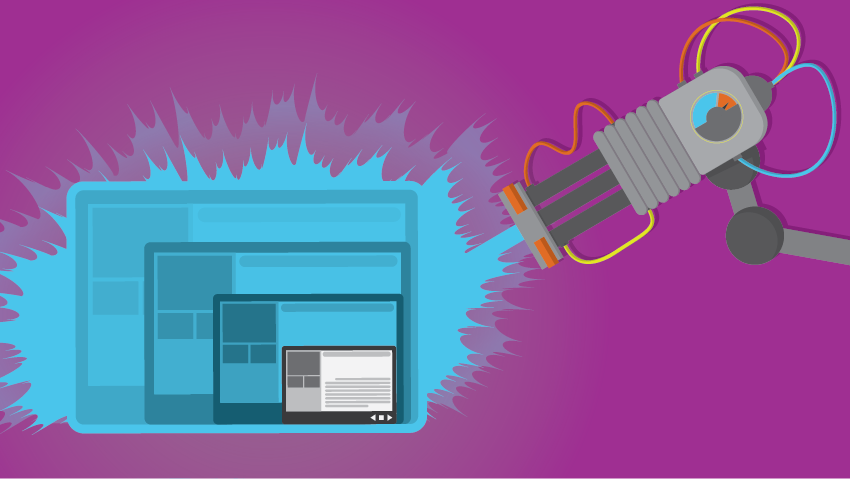I’m sure by now you’ve heard the term microlearning. Everyone has their own definition of it, but the truth is that it’s surprisingly hard to define. The most a person needs to know about microlearning is that, like a good blog post, it’s best kept short, to the point and focused on a particular topic.
Set Your Focus
Creating microlearning is like zooming in on a subject with your camera. You receive a close-up view of a single item. What are the most essential things your learners need to know to succeed? For example, if your eLearning covers how to use the zoom tool, you don’t need to talk about all the other camera settings or the history of the camera. If you teach learners only what they need to know, they will be engaged from the start.
Pick a Medium
Since microlearning is by its nature quick, you don’t necessarily need a whole eLearning program to cover your subject. Before you jump into designing menus and pages, take a moment to consider how to best convey your message. Would a quick video explain things better? Perhaps a slick infographic that the student can access from anywhere? A set of short quizzes that your LMS doles out once a week?
Design for Access
Make sure your students can get to your microlearning as quickly as they can absorb it. It’s good practice for any eLearning to clarify what medium your students are using to access it (i.e. phone, tablet, desktop, etc.). More than most, however, microlearning should be designed with mobile in mind. Give your students the freedom to pull up the training on their phones for a quick refresher, and they are far more likely to use it.
Short Doesn’t Necessarily Equal Micro
Also remember that taking a long training and breaking it up into chunks doesn’t automatically create microlearning. For this to be the case, each chunk needs to be stand alone and teach the student something vital. Cashier training, for example, fits this mold nicely, as you can take different tasks such as processing a check or completing a credit card transaction and create micro modules for each.
Create with Purpose
Microlearning can fill a lot of needs in eLearning, but it’s not the only tool at your disposal. Keep your end goal in mind when designing your training. You may have other requirements, such as a minimum two-hour seat time for harassment training or a complex surgical procedure that simply can’t be pared down into a shorter training. No matter what medium you design for your training, keep it focused and interesting and your students will thank you in the end!
Want to know more about microlearning or see some great examples of it in action? Feel free to leave a comment or reach out to us and we will be happy to help!



